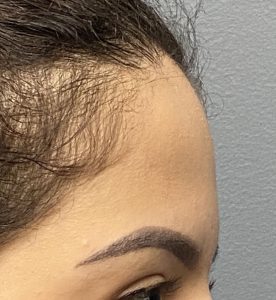Background: The large surface area of the forehead creates a major aesthetic component of the face. While lacking the projecting topographies of the lower 2/3s of the face it nonetheless has a few significant features that define it. These include the frontal hairline superiorly, the eyebrows/brow bones inferiorly and the shape of the entire frontal bone across its broad surface.
For a female it is desirous to have a frontal hairline that is not excessively high and is fairly straight from side to side.There should be no evidence of brow bone prominences and the surface of the bony forehead should be slightly convex and smooth lacking any irregularities. The brows should be located over the brow bones edges if not higher.
Forehead reductions consist of a variety of bony and soft tissue changes, all of which if needed can be combined into a single surgery. Once a frontal hairline lowering is needed then every single possible forehead reshaping change can be done through it.
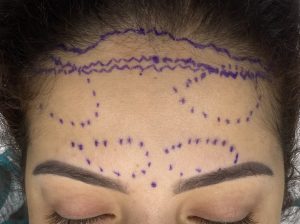
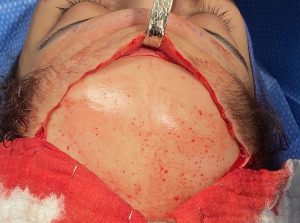
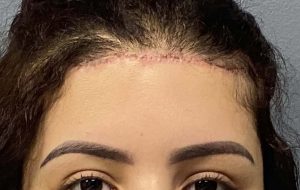
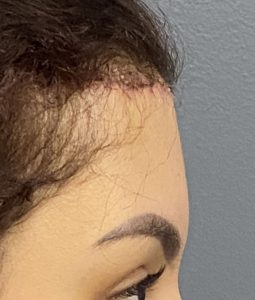
With forehead reductions that involve full elevation of the forehead skin with a frontal hairline advancement there is always going to be a bit of inadvertent brow lift as well.
Key Points:
1) Forehead reduction can consist of bone and soft tissue reductions which are in some cases done together for the best aesthetic result.
2) The frontal hairline incision is the best incisional approach for most forehead reductions and the only option if a vertical forehead reduction is needed.
3) Bone burring or shaving is how all bony forehead reductions are done.
Dr. Barry Eppley
World-Renowned Plastic Surgeon




